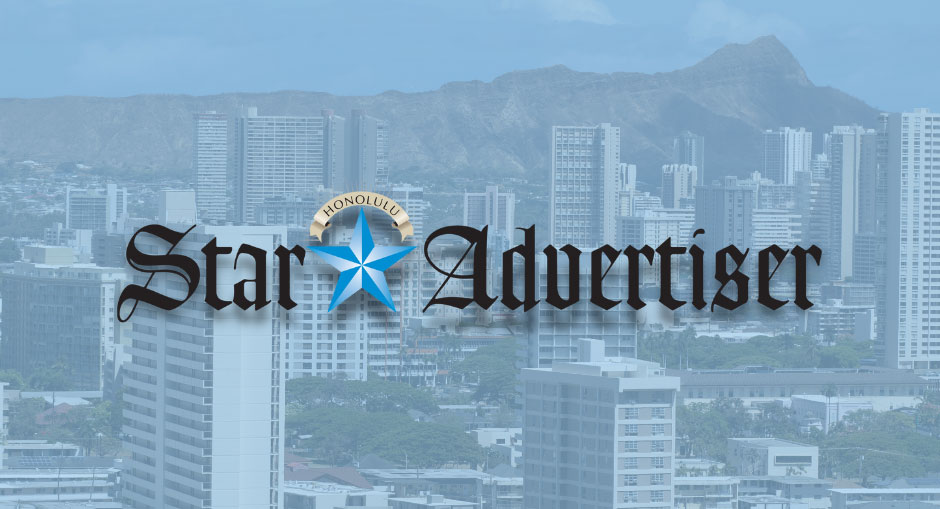
Tesla gets first in a series of permits to run robotaxis in California
- 18.03.2025 21:42
- staradvertiser.com
- Keywords: AI, Startup
Tesla received a key transportation permit from California, allowing it to own a fleet for employee transport but not public autonomous rides yet.